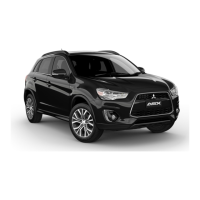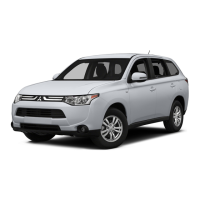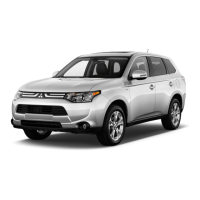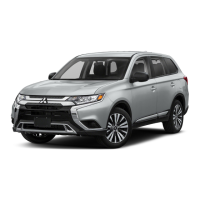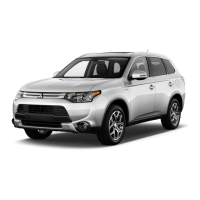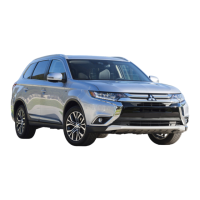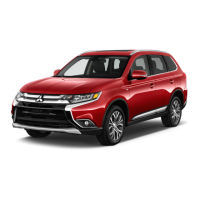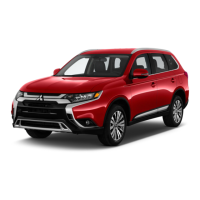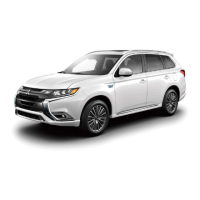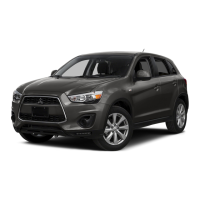N00629601330
When parking on a hill, set the parking brake,
and turn the front wheels toward the curb on a
downhill, or away from the curb on an uphill.
If necessary, apply chocks to the wheels.
Be sure that the parking brake is firmly set
when parked and that the selector lever is in
the “P” (PARK) position.
When parking on a hill, it is important to set
the parking brake before moving the selector
lever to the “P” (PARK) position. This pre-
vents loading the parking brake against the
transaxle. When this happens, it is difficult to
move the selector lever out of the “P”
(PARK) position.
Never leave the engine running while you
take a short nap or rest. Also, never leave the
engine running in a closed or poorly venti-
lated place.
Your front bumper can be damaged if you
scrape it over curbs or parking stop blocks.
Be careful when traveling up or down steep
slopes where your bumper can scrape the
road.
Always remove the key from the ignition
switch and lock all doors and the liftgate
when leaving the vehicle unattended.
Always try to park your vehicle in a well lit
area.
Move effort could be required to turn the
steering wheel.
Refer to “Electric power steering system
(EPS)” on page 5-93.
N00629900352
It is very important to know how much
weight your vehicle can carry. This weight is
called the vehicle capacity weight and
includes the weight of all occupants, cargo
(including the roof load), non-factory-
installed options, and the tongue weight of
the trailer, if any, being towed. The tire and
loading information placard located on the
driver’s door sill of your vehicle will show
how much weight it may properly carry.
It is important to familiarize yourself with the
following terms before loading your vehicle:
Parking
Parking on a hill
Parking with the engine run-
ning
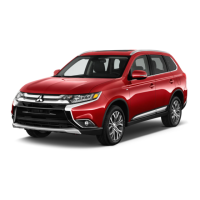
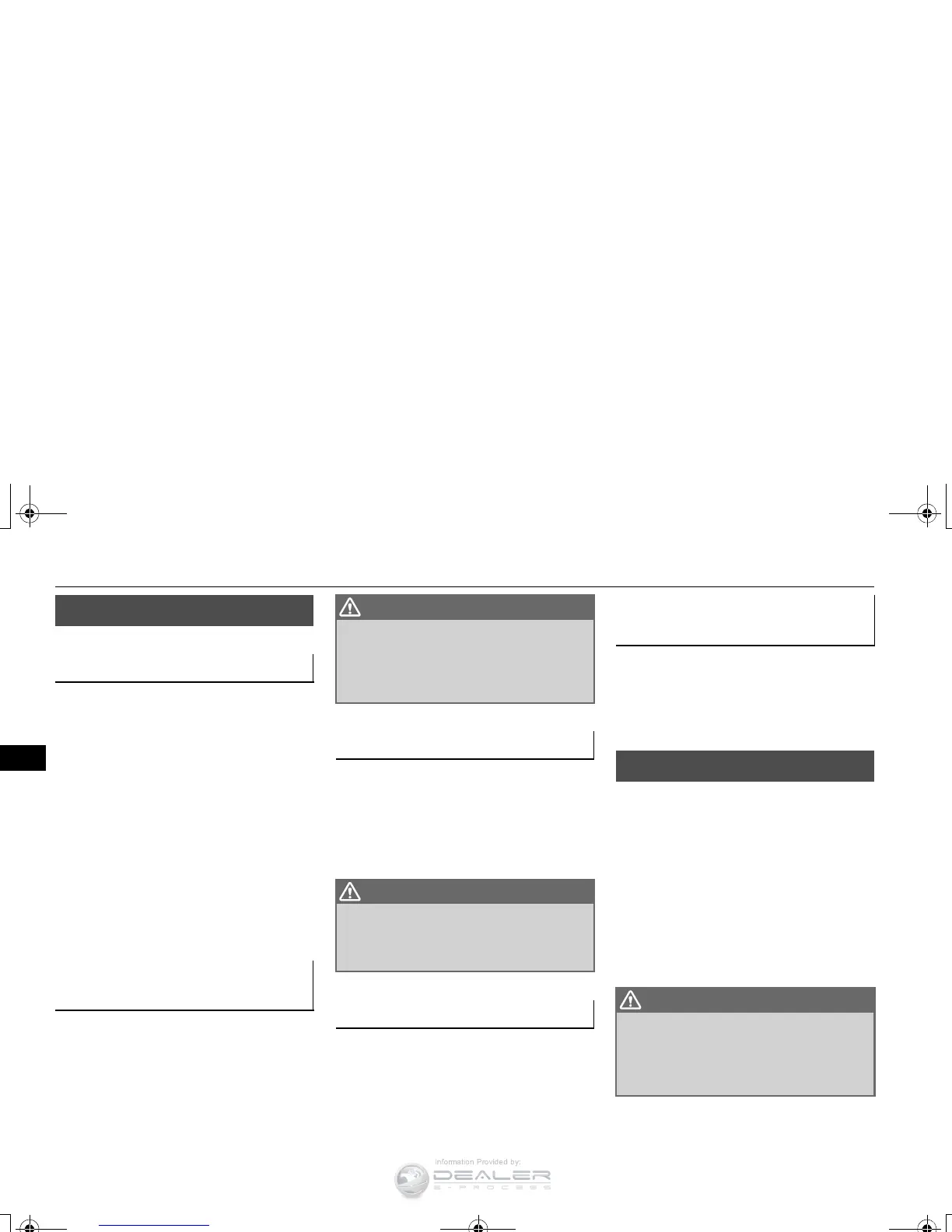